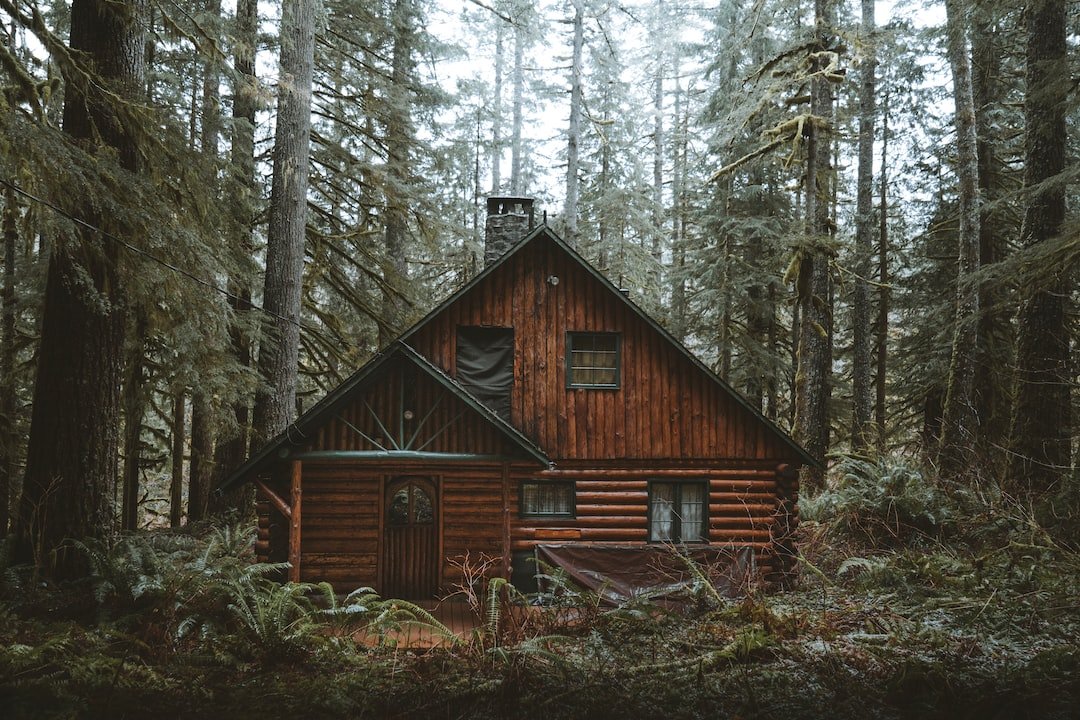Winter is the perfect time to stay indoors and avoid any outdoor activities that may expose you to extremely cold weather. It’s important to make sure your home is well-equipped to support you and your family during this season. Log houses have become increasingly popular, but some homeowners may need guidance on how to prepare these structures for winter. The following information provides comprehensive advice on how to get your log, timber, or wooden house ready for the cold season.
Seal the Walls
Wall openings are a significant passage for cold air to enter your home and make it uncomfortable. As such, your log home’s walls should be the first place to check when preparing the structure for winter. Some homeowners forget or ignore the need to properly seal their walls before winter.
As a log house owner, you must reapply sealant regularly on the walls to cover any openings and spaces. You can talk to Frontier Log Homes to better understand the best sealant to use on your log house walls. You should also consider caulking large cracks and chinks to bar moisture and cold winds from entering the structure.
Check the Roof
You own a log home, but that doesn’t mean you should forget its other essential parts, such as the roof. This section is pivotal in preventing you, your family, and your essentials from different elements, including cold winters. You can start by replacing missing or broken shingles to minimize moisture damage. It’d also be wise to consider enhancing insulation to prevent loss of heat and the accumulation of icicles and ice dams.
Work on the Gutters
In some areas, rainfall and showers accompany the winter season. Gutters are critical in leading excess rainwater or melted ice from the roof to the ground or a storage tank. Debris accumulation on the gutters is a severe challenge among many homeowners, often leading to costly repairs and renovations. When you know winter is near, the first thing to do is spray water down your gutters and downspouts to eliminate debris, leaves, and dirt. The advantages of this spraying include minimizing the spring cleaning expenses and preventing winter snow from damaging your building’s exterior.
Repair the Chimney
All log cabins have a chimney, which leads the smoke away from the kitchen or living room fireplace. Whichever the case, you must ensure this part functions optimally before winter. Work on any cracks and cover all the holes in your chimney that may be the main entrance for pests and water during the cold months. Animals, too, need warmth during winter, but that doesn’t mean you should give them access to your home through your chimney. Also, consider procuring pest control services to remove mites, bats, snakes, birds, and other organisms in your chimney.
Preparing your home for winter means creating a place where you and your family will be safe, comfortable, and protected from the harsh cold climate. The points explained above show the best tips to winterize your log cabin. There’s no particular order to follow, but ensure you consider each one.



